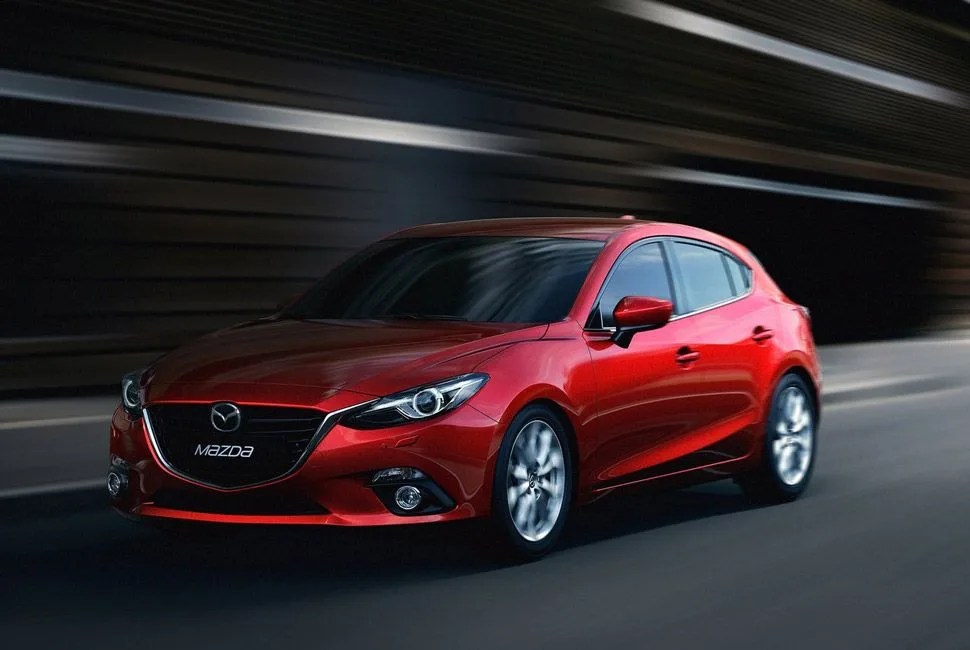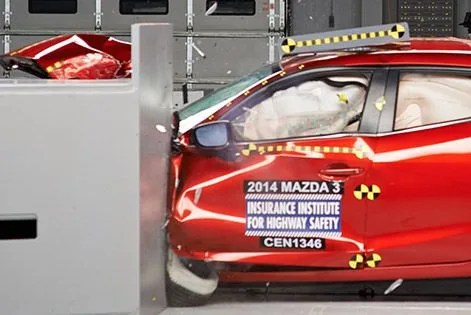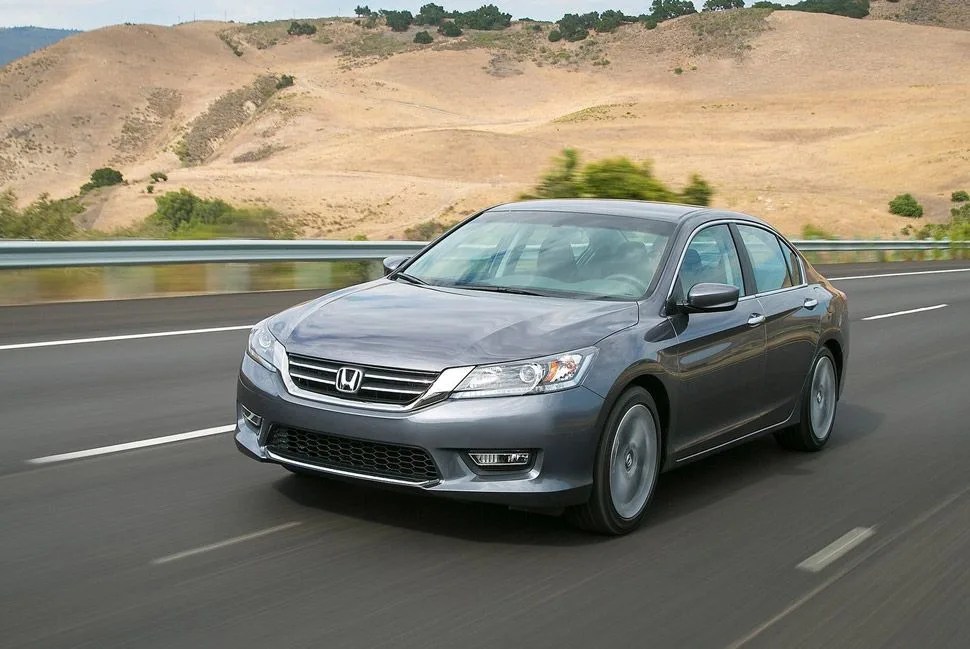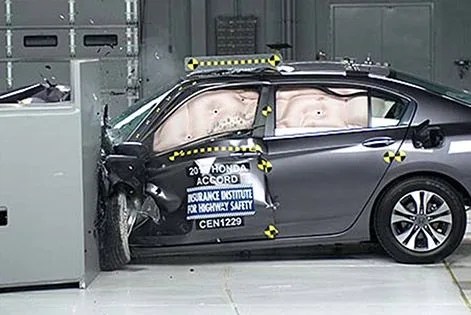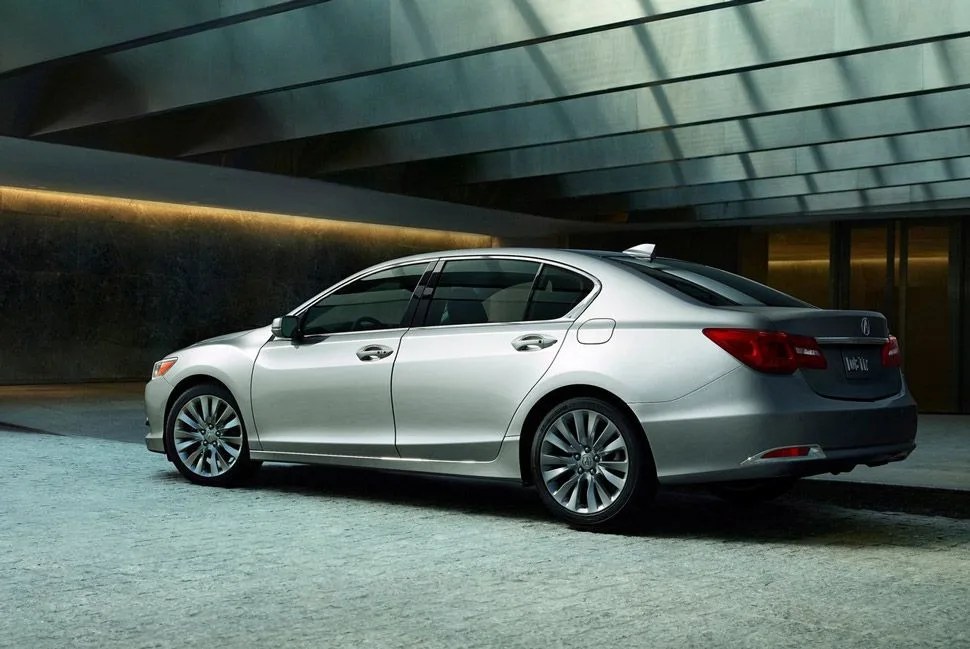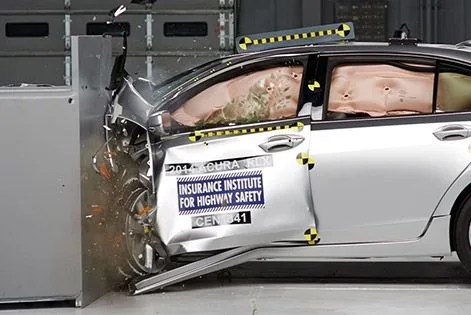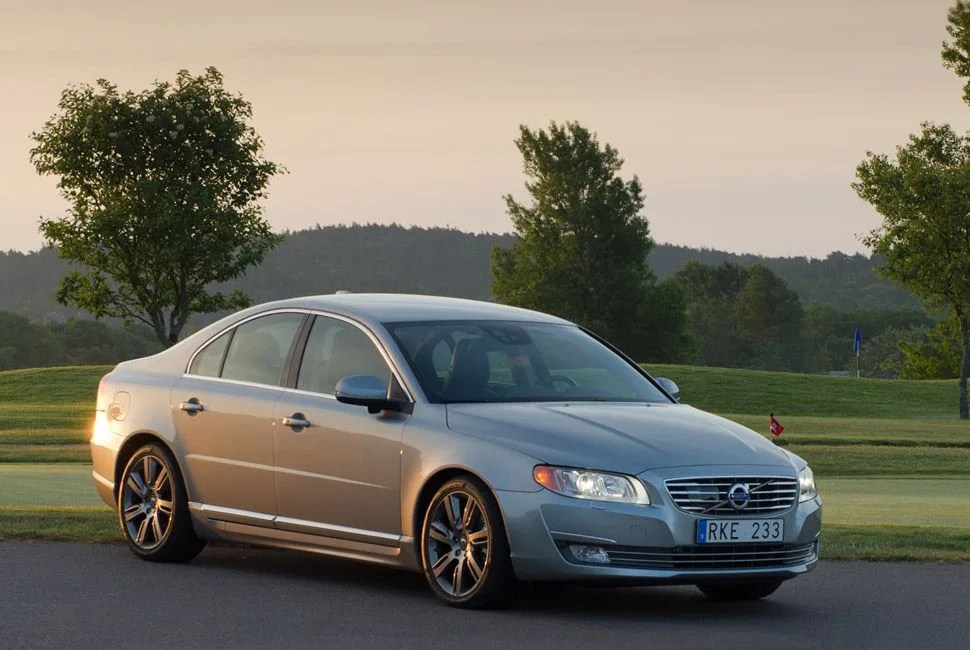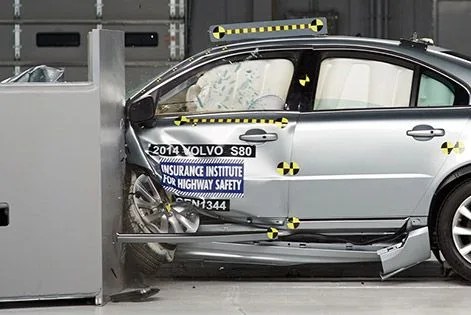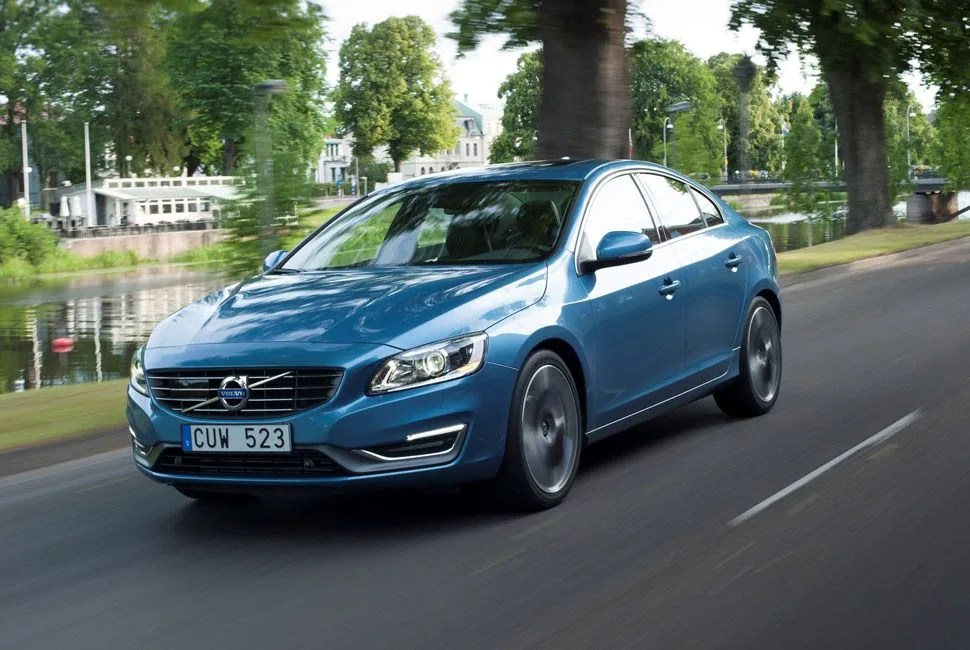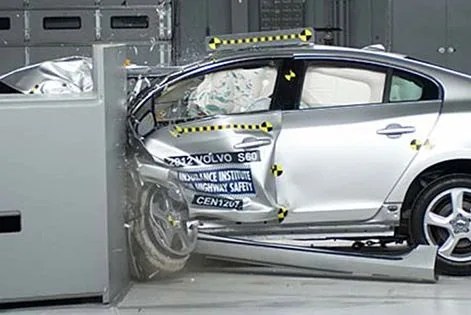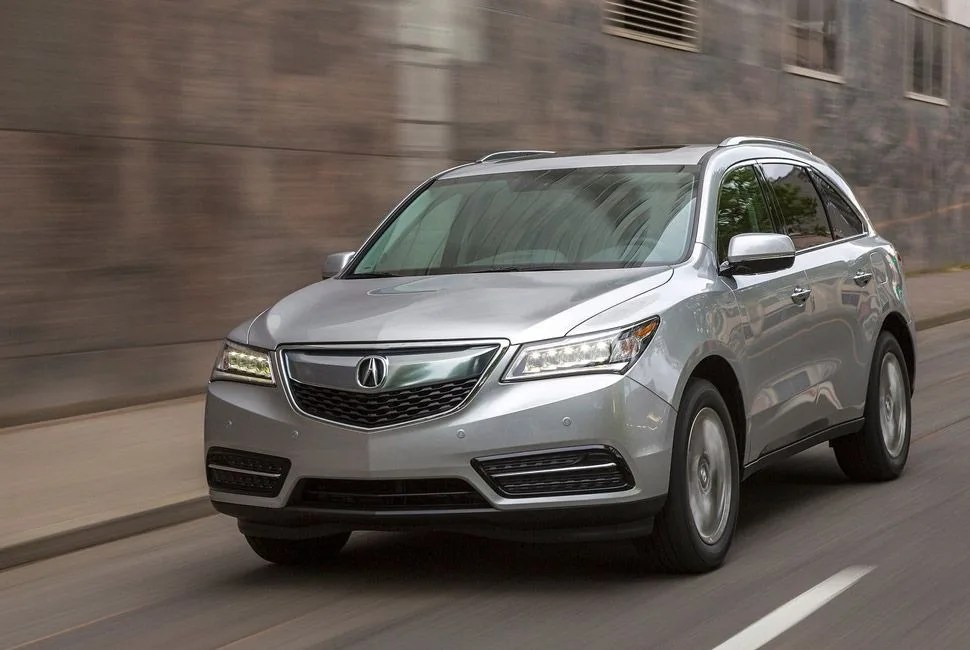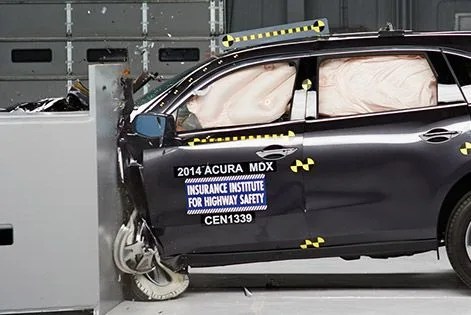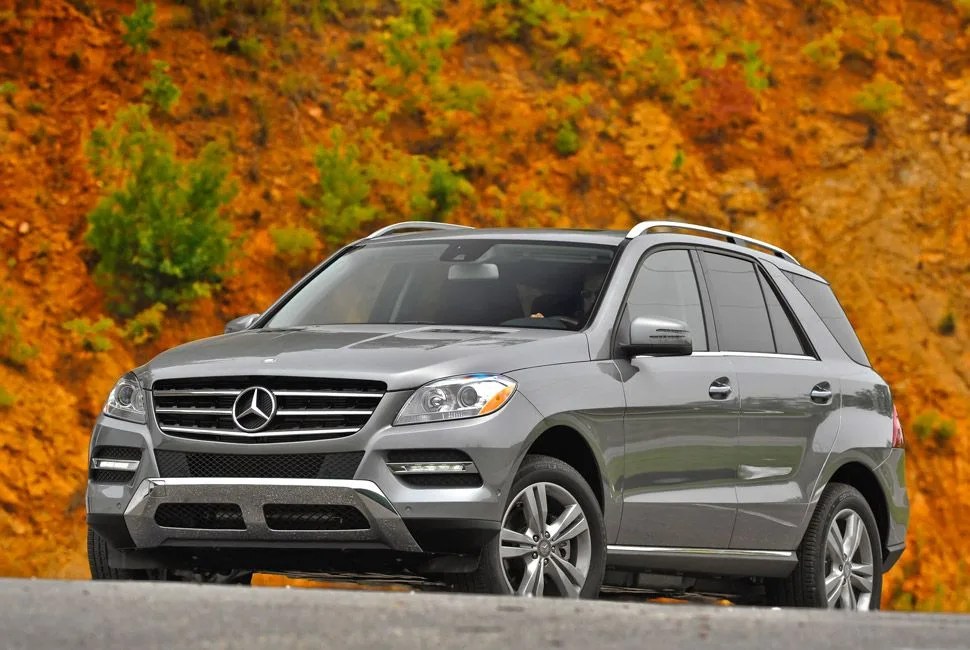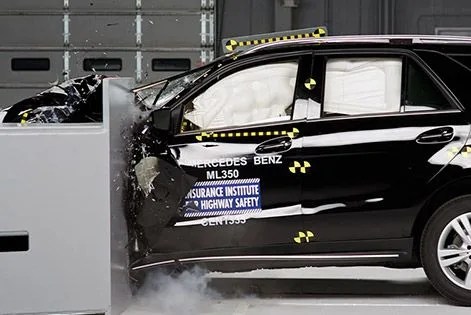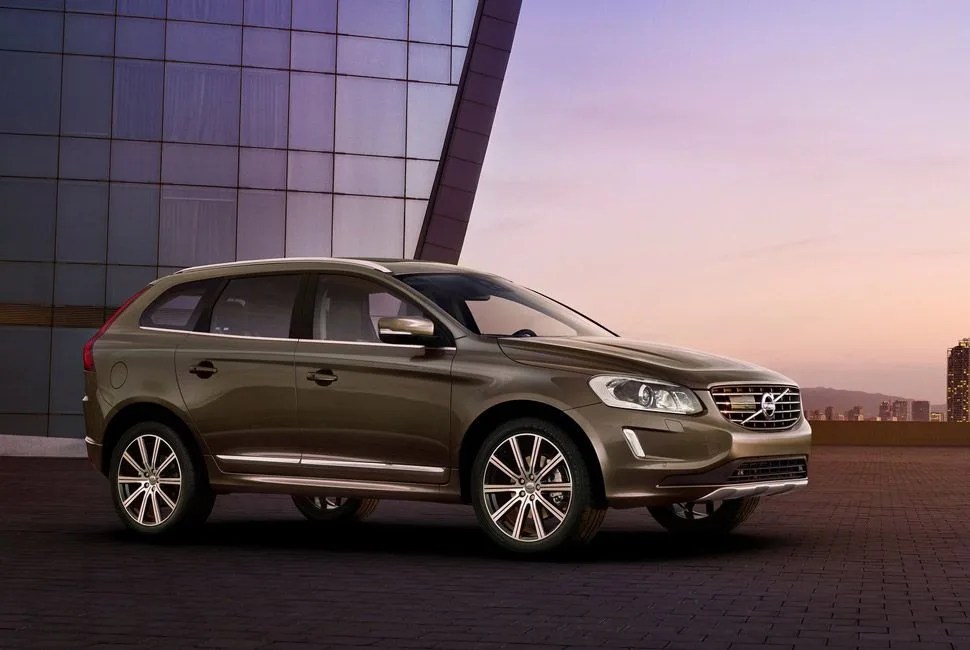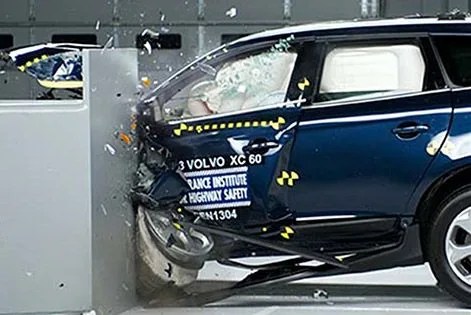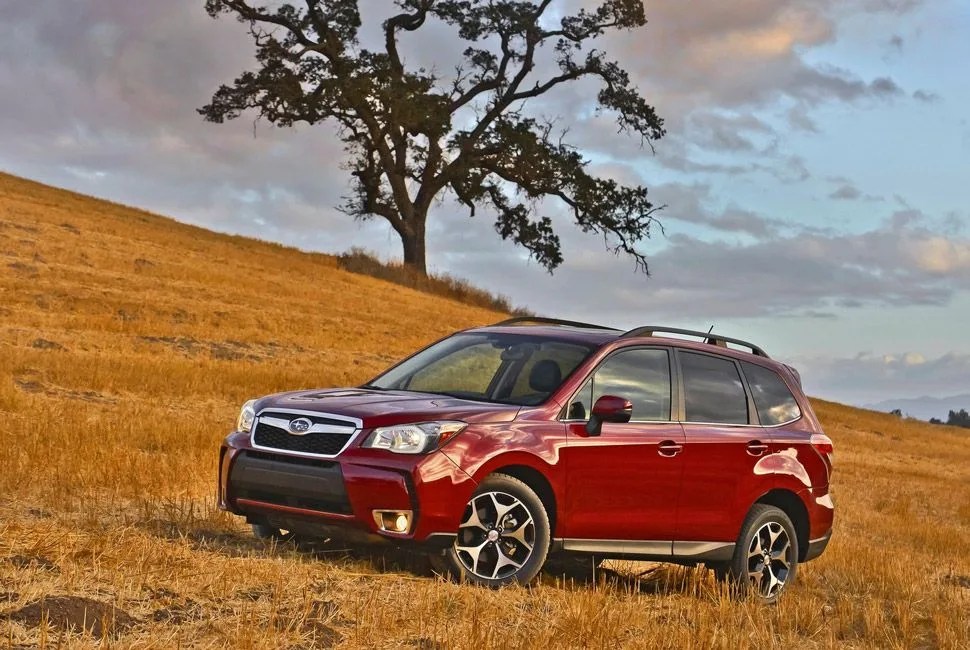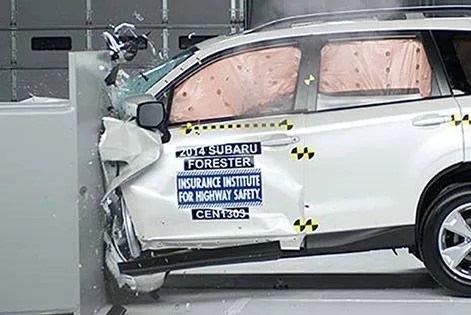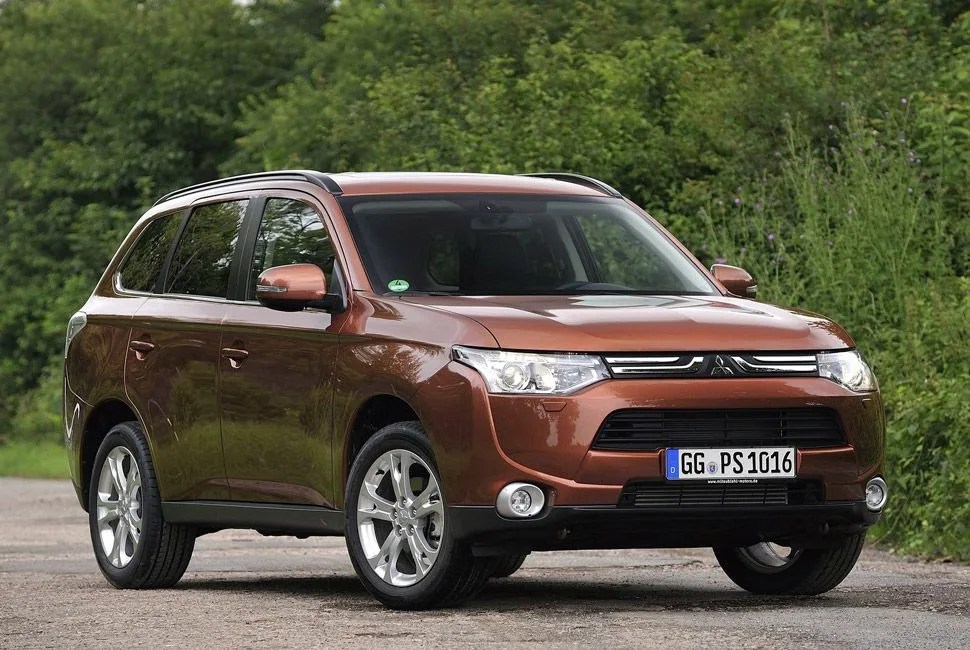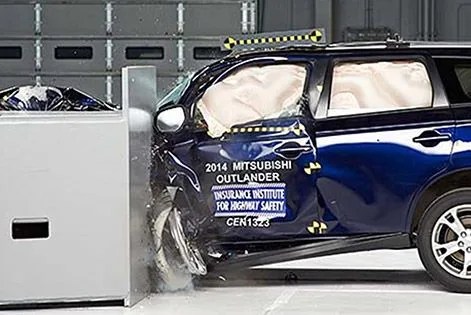Editor’s Note: Our talk of cars tends to be related to a wide variety of topics like speed, looks, comfort and fuel mileage. Yet often overlooked — both by enthusiasts and everyday drivers — is one of the most important factors: safety. This week, we’re taking a deeper look at how modern vehicles are keeping you and your loved ones safe on the road with our Automotive Safety Issue.
When purchasing a new car, crash safety ratings tend to fall below other priorities like style, fuel economy, performance, amenities, cost and even brand loyalty. That’s unfortunate, since more than a handful of cars will consistently fail to perform well in the one situation we all hope to avoid: a serious accident. If you’re smart, and especially if you have kids in tow, you’ll take the time to bone up on which vehicles are the safest. Fortunately it’s not a crapshoot anymore; thanks to rapid improvements in safety technology and engineering, cars are safer than they’ve ever been.
MORE GREAT WHEELS: Mercedes-Benz E63 AMG S 4Matic Wagon | Jaguar XFR-S | Jeep Grand Cherokee EcoDiesel
Each year the IIHS (Insurance Institute for Highway Safety), a private organization, conducts its own crash tests and gives out safety ratings: Top-testing vehicles receive the honor of Top Safety Pick (TSP) and Top Safety Pick Plus (TSP+). 2014 TSP qualifications included rating highly in the moderate overlap front (formerly known as the “offset crash”, a test where 40 percent of the vehicle’s front fascia hits a two-foot-tall barrier of deformable aluminum at 40 mph), side-impact crash, roof strength and head restraint tests, as well as a good or acceptable rating in the small overlap front test (which simulates an impact with a small stationary object like a light pole; 25 percent of the frontal area of the car must make contact at 40 mph with a 5-foot-tall rigid object).
This year the IIHS upped the requirements to earn the TSP+ designation. Now vehicles must perform well in the aforementioned tests in addition to offering an effective frontal crash prevention system such as a forward collision warning or an automatic braking system that helps mitigate frontal impact with cars or objects ahead. Thirty-nine vehicles met the new, more rigorous criteria, a number drastically reduced from last year’s 130. In other words, only manufacturers that spend time and money developing crash avoidance technology will be recognized by the IIHS.
The 10 vehicles listed here were culled from the 22 vehicles that earned the TSP+ award based on both crash protection performance and available front crash avoidance technology. Our picks received the highest rating in the crash protection category (“good”) and include at least a basic level of crash avoidance tech. (Note that vehicle type is also an important factor; larger vehicles with lower centers of gravity tend to be safer, providing larger crumple zones to absorb impact, bigger passenger compartments to prevent occupants from colliding with hard surfaces and a lower likelihood of rollovers.) The vehicles below represent the best of the best for 2014; combined with smart, alert driving, any one of them would be a smart choice to protect you and your loved ones on the road.
Mazda 3

